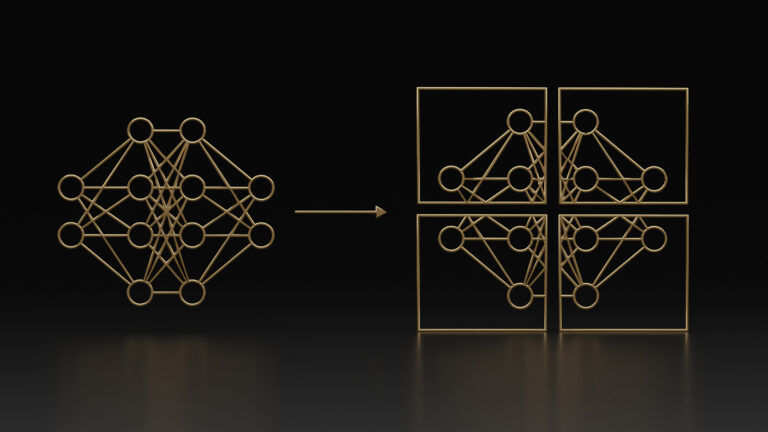
Generative AI has the ability to create entirely new content that traditional machine learning (ML) methods struggle to produce. In the field of natural language processing (NLP), the advent of large language models (LLMs) specifically has led to many innovative and creative AI use cases. These include customer support chatbots, voice assistants, text summarization and translation��
]]>
Today, IBM released the third generation of IBM Granite, a collection of open language models and complementary tools. Prior generations of Granite focused on domain-specific use cases; the latest IBM Granite models meet or exceed the performance of leading similarly sized open models across both academic and enterprise benchmarks. The developer-friendly Granite 3.0 generative AI models are��
]]>
The new model by Mistral excels at a variety of complex tasks including text summarization, multilingual translation and reasoning, programming, question and answering, and conversational AI.
]]>
Experience and test Llama3-ChatQA models at scale with performance optimized NVIDIA NIM inference microservice using the NVIDIA API catalog.
]]>
The model demonstrates strong performance for tasks such as Q&A, multi-round chat, and summarization in both traditional Chinese and English.
]]>
Experience the versatile embedding model designed for multilingual, multi-functional, and multi-granularity text retrieval tasks, excelling in dense, multi-vector, and sparse retrieval for inputs from short sentences to long documents.
]]>
With free NVIDIA cloud credits, you can start testing the model at scale on the API Catalog.
]]>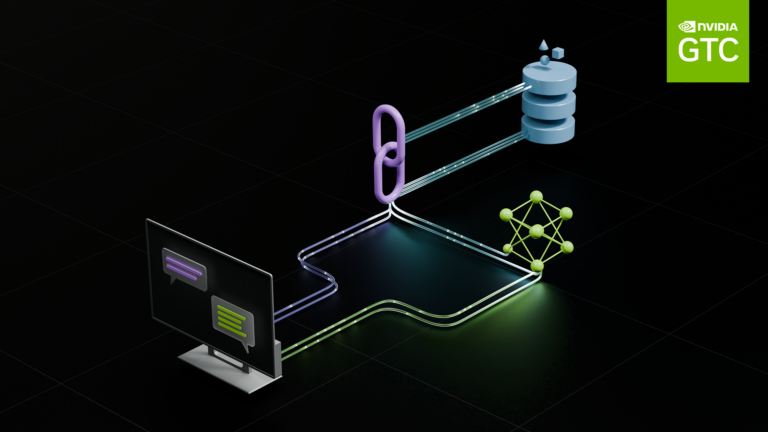
Join us in-person or virtually and learn about the power of RAG with insights and best practices from experts at NVIDIA, visionary CEOs, data scientists, and others.
]]>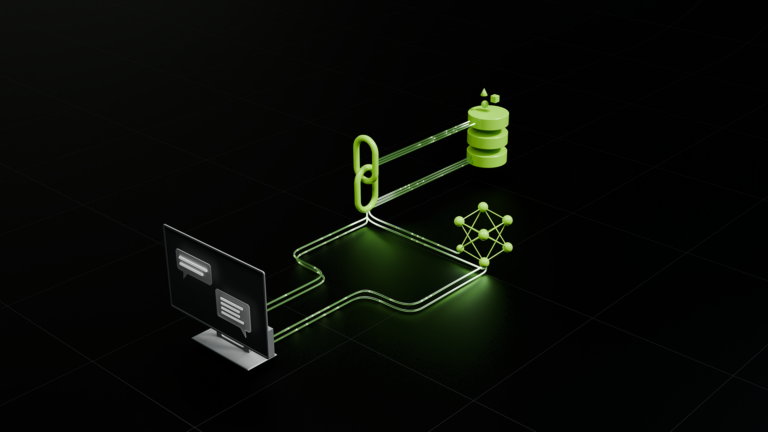
Large language models (LLMs) are transforming the AI landscape with their profound grasp of human and programming languages. Essential for next-generation enterprise productivity applications, they enhance user efficiency across tasks like programming, copy editing, brainstorming, and answering questions on a wide range of topics. However, these models often struggle with real-time events and��
]]>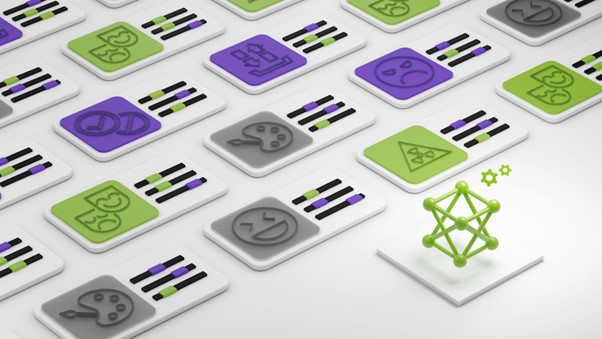
NVIDIA recently announced the NVIDIA NeMo SteerLM technique as part of the NVIDIA NeMo framework. This technique enables users to control large language model (LLM) responses during inference. The developer community has shown great interest in using the approach for building custom LLMs. The NVIDIA NeMo team is now open-sourcing a multi-attribute dataset called Helpfulness SteerLM dataset��
]]>
Register for expert-led technical workshops at NVIDIA GTC and save with early bird pricing through February 7, 2024.
]]>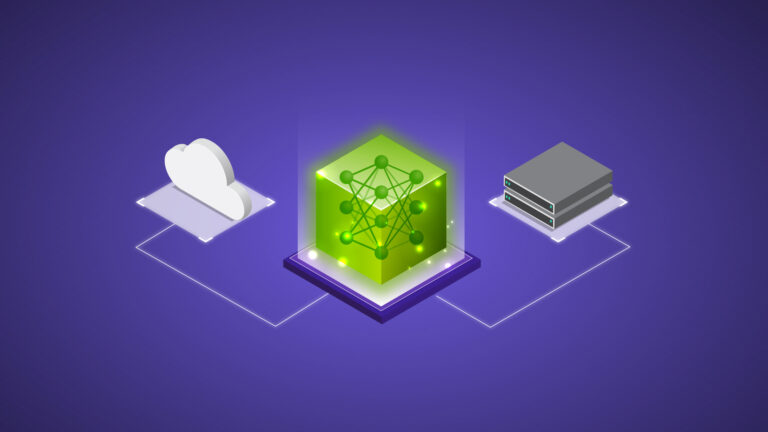
Large language models (LLMs) are a class of generative AI models built using transformer networks that can recognize, summarize, translate, predict, and generate language using very large datasets. LLMs have the promise of transforming society as we know it, yet training these foundation models is incredibly challenging. This blog articulates the basic principles behind LLMs��
]]>
In the realm of generative AI, building enterprise-grade large language models (LLMs) requires expertise collecting high-quality data, setting up the accelerated infrastructure, and optimizing the models. Developers can begin with pretrained models and fine-tune them for their use case, saving time and getting their solutions faster to market. Developers need an easy way to try out models��
]]>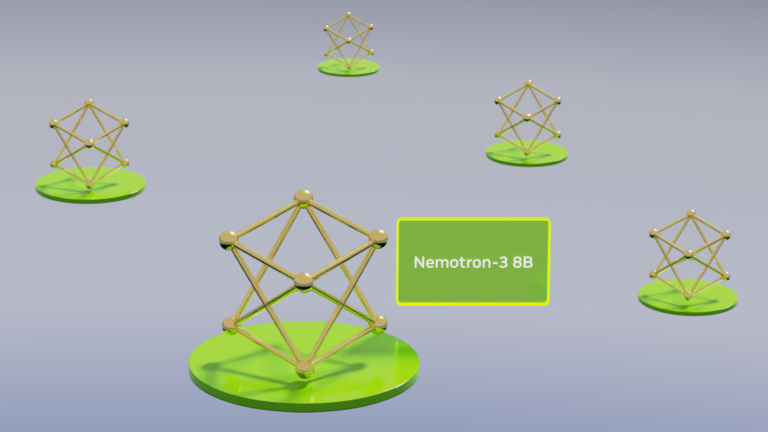
Large language models (LLMs) are revolutionizing data science, enabling advanced capabilities in natural language understanding, AI, and machine learning. Custom LLMs, tailored for domain-specific insights, are finding increased traction in enterprise applications. The NVIDIA Nemotron-3 8B family of foundation models is a powerful new tool for building production-ready generative AI��
]]>
Generative AI is revolutionizing how organizations across all industries are leveraging data to increase productivity, advance personalized customer engagement, and foster innovation. Given its tremendous value, enterprises are looking for tools and expertise that help them integrate this new technology into their business operations and strategies effectively and reliably.
]]>
Spear phishing is the largest and most costly form of cyber threat, with an estimated 300,000 reported victims in 2021 representing $44 million in reported losses in the United States alone. Business e-mail compromises led to $2.4 billion in costs in 2021, according to the FBI Internet Crime Report. In the period from June 2016 to December 2021, costs related to phishing and spear phishing totaled��
]]>
On Sept. 20, join experts from leading companies at NVIDIA-hosted Speech AI Day.
]]>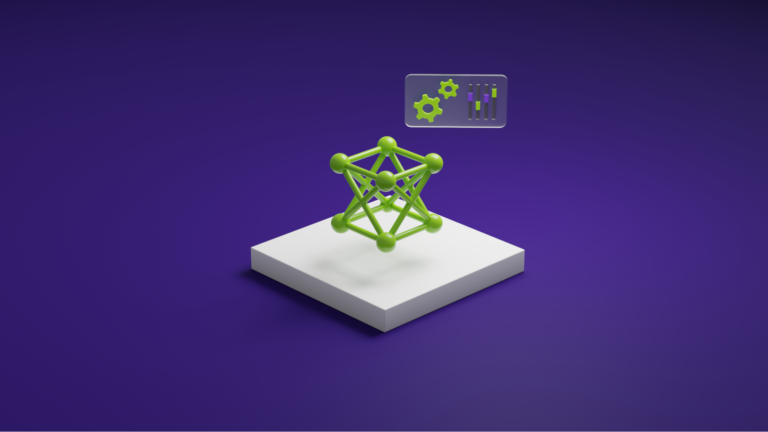
Large language models (LLMs) are becoming an integral tool for businesses to improve their operations, customer interactions, and decision-making processes. However, off-the-shelf LLMs often fall short in meeting the specific needs of enterprises due to industry-specific terminology, domain expertise, or unique requirements. This is where custom LLMs come into play.
]]>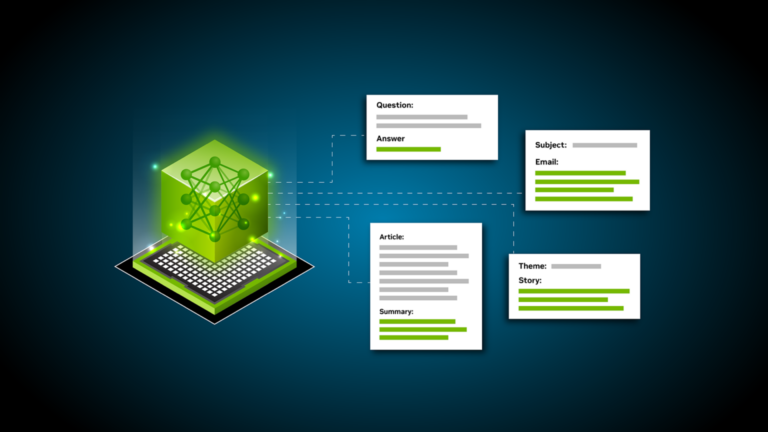
Large language models (LLMs) have generated excitement worldwide due to their ability to understand and process human language at a scale that is unprecedented. It has transformed the way that we interact with technology. Having been trained on a vast corpus of text, LLMs can manipulate and generate text for a wide variety of applications without much instruction or training. However��
]]>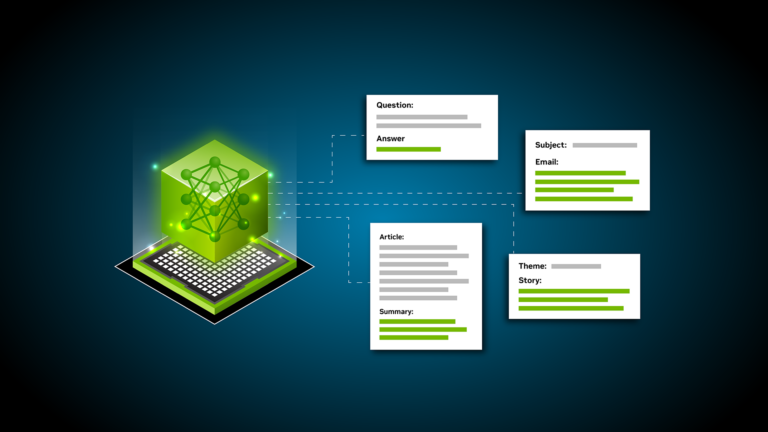
ChatGPT has made quite an impression. Users are excited to use the AI chatbot to ask questions, write poems, imbue a persona for interaction, act as a personal assistant, and more. Large language models (LLMs) power ChatGPT, and these models are the topic of this post. Before considering LLMs more carefully, we would first like to establish what a language model does. A language model gives��
]]>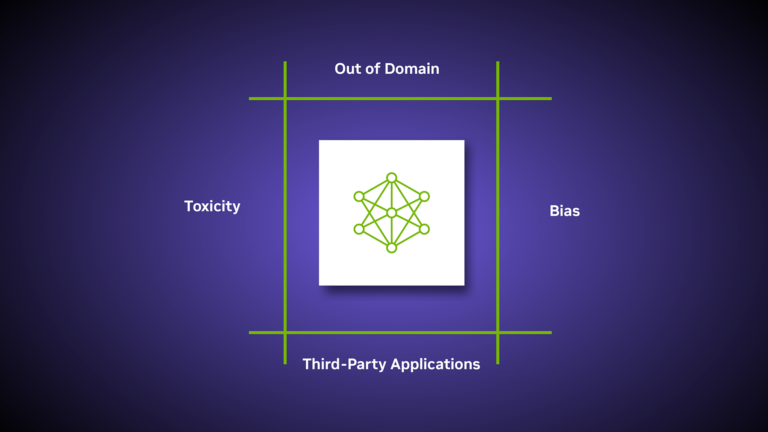
Large language models (LLMs) are incredibly powerful and capable of answering complex questions, performing feats of creative writing, developing, debugging source code, and so much more. You can build incredibly sophisticated LLM applications by connecting them to external tools, for example reading data from a real-time source, or enabling an LLM to decide what action to take given a user��s��
]]>
Generative AI is primed to transform the world��s industries and to solve today��s most important challenges. To enable enterprises to take advantage of the possibilities with generative AI, NVIDIA has launched NVIDIA AI Foundations and the NVIDIA NeMo framework, powered by NVIDIA DGX Cloud. NVIDIA AI Foundations are a family of cloud services that provide enterprises with a simplified��
]]>
NVIDIA T4 was introduced 4 years ago as a universal GPU for use in mainstream servers. T4 GPUs achieved widespread adoption and are now the highest-volume NVIDIA data center GPU. T4 GPUs were deployed into use cases for AI inference, cloud gaming, video, and visual computing. At the NVIDIA GTC 2023 keynote, NVIDIA introduced several inference platforms for AI workloads��
]]>
Using generative AI and the NVIDIA Morpheus cybersecurity AI framework, developers can build solutions that detect spear phishing attempts more effectively and with extremely short training times. In fact, using NVIDIA Morpheus and a generative AI training technique, we were able to detect 90% of targeted spear phishing emails��a 20% improvement compared to a typical phishing detection solution��
]]>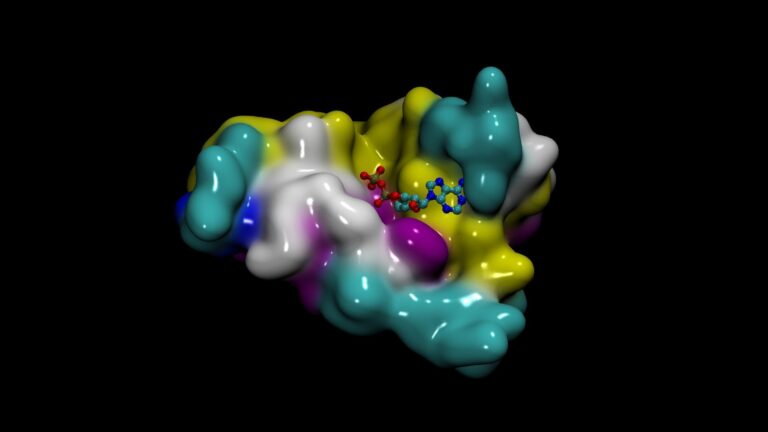
Creating new drug candidates is a heroic endeavor, often taking over 10 years to bring a drug to market. New supercomputing-scale large language models (LLMs) that understand biology and chemistry text are helping scientists understand proteins, small molecules, DNA, and biomedical text. These state-of-the-art AI models help generate de novo proteins and molecules and predict the 3D��
]]>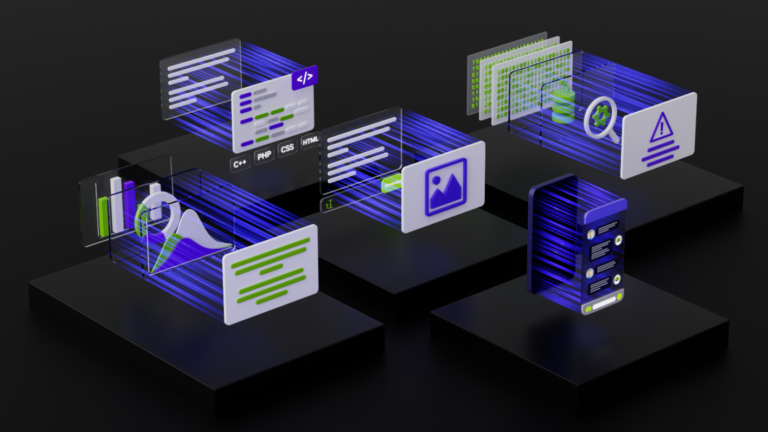
Generative AI has captured the attention and imagination of the public over the past couple of years. From a given natural language prompt, these generative models are able to generate human-quality results, from well-articulated children��s stories to product prototype visualizations. Large language models (LLMs) are at the center of this revolution. LLMs are universal language comprehenders��
]]>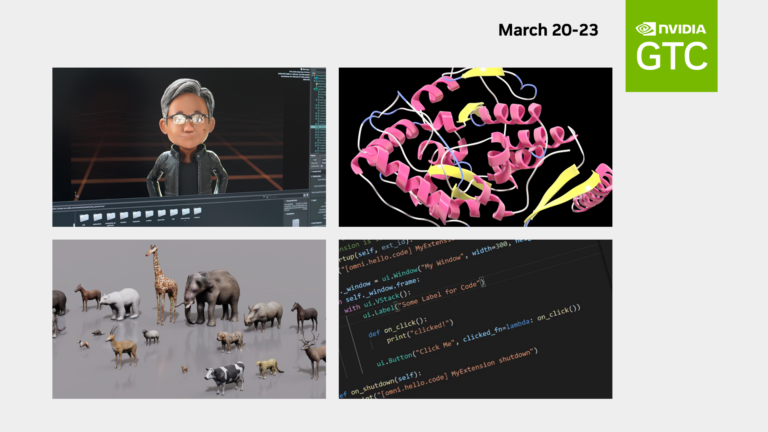
See how recent breakthroughs in generative AI are transforming media, content creation, personalized experiences, and more.
]]>